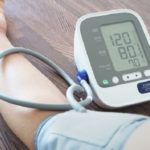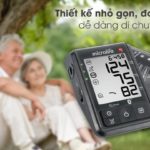1. What is blood pressure measurement?
Blood pressure measurement concept
Blood pressure measurement is a manual examination method used to assess a person’s blood pressure index by measuring the increase and decrease of blood pressure over a certain period of time. It supports the examination and treatment process for individuals who are sick or in need of medical attention.
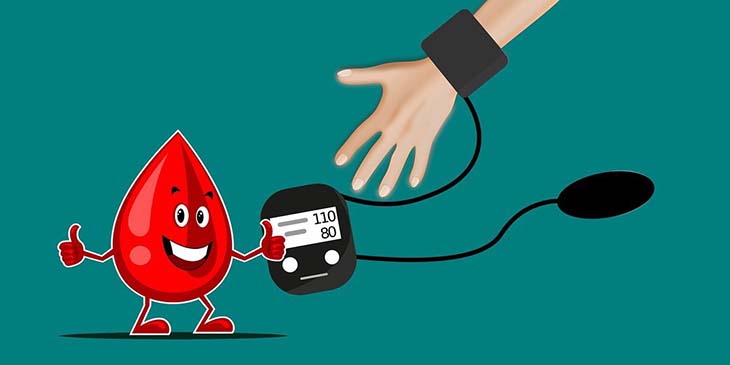
Principle of blood pressure measurement
Blood pressure is measured by inflating a rubber armband to compress an artery and then gradually releasing the pressure to observe and record the response of the artery. This helps in diagnosing and assessing blood pressure abnormalities.
There are two important indicators in blood pressure measurement:
– Systolic blood pressure: Determined when blood begins to pass through the artery as the pressure in the armband decreases.
– Diastolic blood pressure: Corresponds to the time when blood is freely flowing in the artery without any pressure from the armband.

2. Why measure blood pressure?
It is crucial to measure blood pressure for the elderly, sick individuals, or people with blood pressure issues. Regular blood pressure measurement allows for the detection of abnormal health problems, ensuring timely and appropriate treatment.
3. The most accurate way to measure blood pressure at home
Standard posture to measure blood pressure
To obtain the most accurate blood pressure results, the patient should be in a comfortable sitting position and relax for 5 minutes prior to measurement. It is important to avoid measuring blood pressure immediately after physical activities or consuming a full meal as it may lead to higher or lower than normal readings.
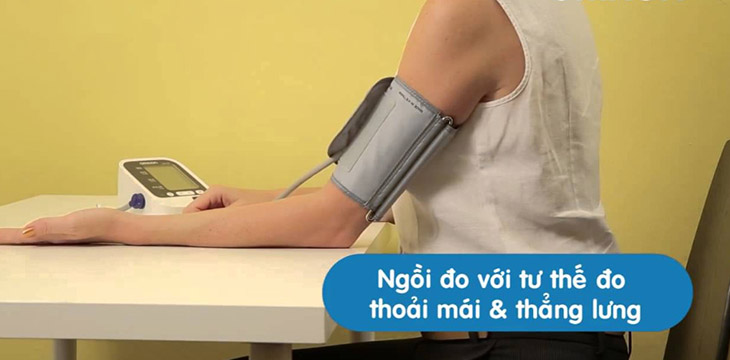
Blood pressure measurement location
When using electronic devices, blood pressure can be measured on the upper arm or wrist as long as the cuff’s touch point is at heart level. Specifically:
– If measuring on the biceps: The arm can be placed on the table with the touch point approximately 2cm above the elbow crease.
– If measuring at the wrist: Bend your arm at an angle of about 45 degrees so that the wrist is level with the heart.
Manipulation of blood pressure
After determining the position and measurement location, the hand wrap should be applied and the control button on the device should be pressed to start the measurement process. Maintain the position until the results are displayed on the screen, and then turn off the device.
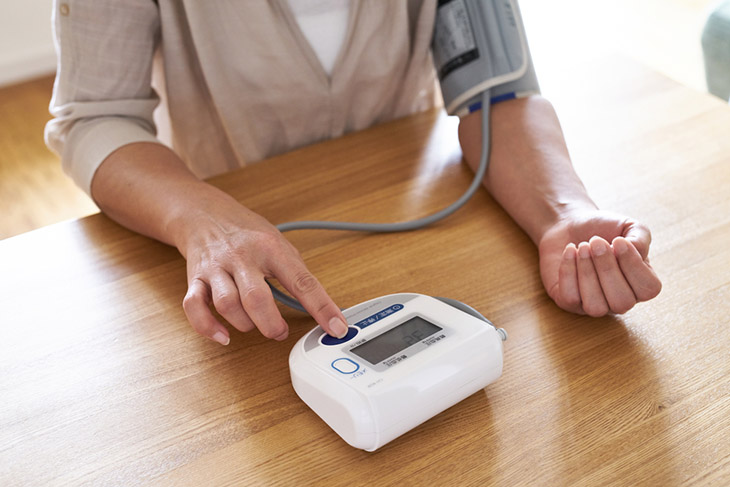
Note:
- Avoid eating, drinking, or speaking while measuring blood pressure to prevent erroneous results.
- For the first measurement, measure both arms and then choose the arm with the higher blood pressure for future measurements.
- Measure blood pressure twice a day, in the morning before taking medication and in the afternoon about 1 hour after meals.
- Record all measurement results with dates and times in a notebook to assist the physician during follow-up visits.
Result of blood pressure measurement
When reporting the results, record both the systolic (large number) and diastolic (small number) values, as doctors can only diagnose and assess progress when both values are available. The following are the classifications:
- Normal blood pressure: Systolic blood pressure less than 120 mmHg and diastolic blood pressure less than 80 mmHg.
- High blood pressure: Systolic blood pressure greater than 140 mmHg and diastolic blood pressure greater than 90 mmHg.
- Prehypertension: Blood pressure readings between normal and high blood pressure (systolic blood pressure 120-139 mmHg or diastolic blood pressure 80-89 mmHg).
- Low blood pressure: Systolic blood pressure less than 90 mmHg or 25 mmHg lower than normal.

(DBP: Systolic blood pressure; HATtr: Diastolic blood pressure; BP: Blood pressure; BP: Hypertension)
Reference: imedicare.vn
Learn How to Use the Microlife Blood Pressure Monitor
Do you want to know how to use your Microlife blood pressure monitor? Look no further. In this article, we’ll break down the necessary steps to accurately use the device properly. From the basic operating instructions to taking readings, let’s learn how to utilize your Microlife blood pressure monitor effectively.

























